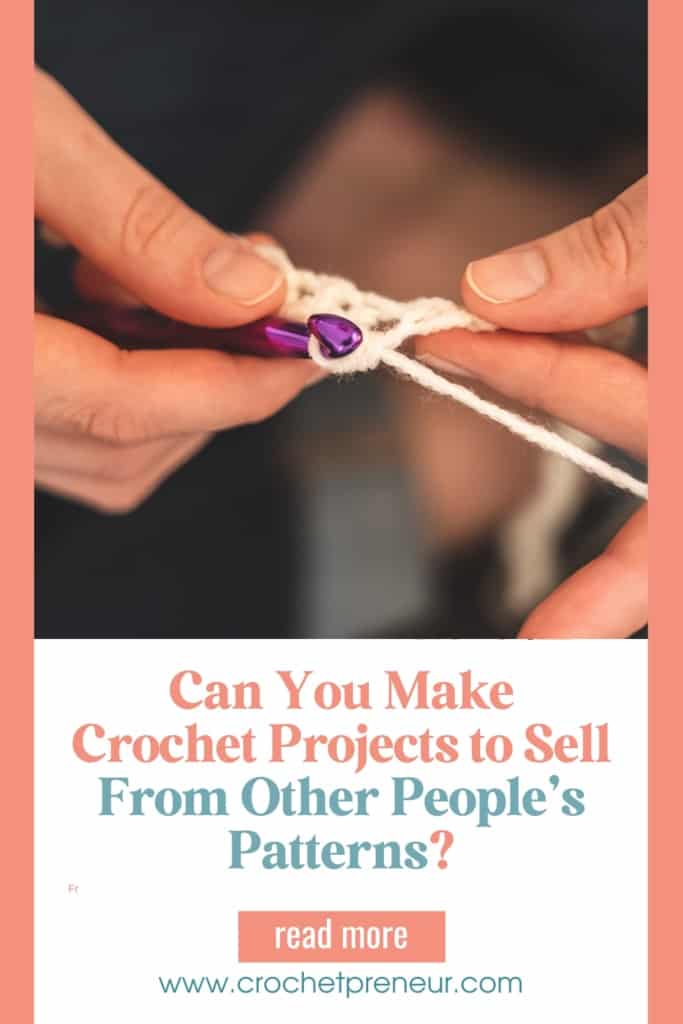OK, ok, I’m just going to jump right in. Who likes clickbait that makes you wade through pages of text in order to find out that they never answered your question?
Not I!
So, can you guess the number one mistake creative business owners make? If you said, failing to define her target market…you’re right!
Knowing your target market is everything for your growing business. An understanding of who you are marketing to is the foundation upon which the success of your business hinges.

Don’t believe me?
- How do you know if your branding will attract your ideal customer if you don’t know who she is?
- How will you design your product line if you don’t know who you’re designing for?
- And, how will you develop your pricing strategy and your sales pitch or, even, know where to sell if you don’t know who you’re selling to?
As I work with my clients, diving deep into the heart and mind of each businesses’ target market and ideal customer is our first task.
Just for clarity sake, let’s define our terms:
Target Market: a broad group of consumers to whom a product or service is aimed.
Ideal Customer (aka Customer Avatar, Customer Persona): a specific, individual “type’ for whom products and services are developed and to whom the products and services are marketed and sold.
Your Ideal Customer will be a specific person (real or imagined) who would exist within your Target Market. As you conduct business, it is always with your Ideal Customer in mind.
As you can see, every detail of your business is dependent upon your deep understanding of who your customer is and what makes her tick. Once you know her, you will be able to “speak” to her and magnetically draw her to your business.
I’m going to share with you the ways creative business owners get their target market wrong (and what to do about it).
Their Target Market is Too Vague
How many times have you heard a creative business owner say, “I sell to everyone!” Or, “I sell to women.” Honestly, this view of marketing is going to cause most small businesses to crash and burn. If you are marketing to everyone, you are marketing to no one.
Even if you are selling to everyone (meaning anyone could purchase your products), our goal is to market to one target audience. Think Walmart….anyone could shop there, right? But their ads are about saving money – not quality, not design, not experience. Their marketing loudly touts their “Roll Back” pricing.
Everyone can shop at Walmart, but they want to attract the buyer who is struggling to buy all-the-things on a budget. Well, Walmart carries all-the-things for low prices. It’s a perfect match!
When your marketing is so generic that it is meant to appeal to the entire cosmos of consumers, no one will hear your message and say, “Hey, she’s talking to me!” “Wow, she gets me and has just what need!” “It’s like she KNOWS me!”
Instead, your generic message falls on deaf ears because nothing you say or do resonates with the heart of potential buyers.
SOLUTION: Identify specific demographics of the group of people you will be speaking to. Consider the age, gender, marital status, locale, occupation, and education level of the group you’ll be marketing your business to. This will help you “chunk down” that group of “everyone” to a smaller, more targeted and defined group. Then, you can tailor your messaging to speak directly to the heart of that group.
Not Knowing Their Ideal Customer
As you see, above, in the definitions, the ideal customer is a specific member of your target market group. Ultimately, I’d love for you to know your ideal customer backward and forward:
- What makes her tick?
- What motivates her?
- Pretend you’re developing a character for a story, what is her backstory?
Remember, your ideal customer may be someone you know or it may be a hypothetical person…it doesn’t matter…it just needs to be specific.
The more you know your ideal customer, the easier it will be to make decisions for your business and, once you name her (let’s say we call her Angie), you can simply ask yourself,
- “Would Angie like this?”
- “Would this speak to Angie?”
- “How would Angie feel about this?”
- “Will this help Angie?”
Angie makes everything clear.
SOLUTION: Identify Angie’s psychographic (attitudes and aspirations), sociographic (values, passions, friendships) and behavioral tendencies. Ask yourself what is important to her. Determine where she hangs out. Where does she shop? Where does she connect online? Digging deep into Angie’s psyche will help you determine exactly what decisions to make for your business (on her behalf).
Having a Target Market That is Too Narrow
Just as having a target market that is too broad, having a target market that is too narrow could stunt your ability to grow your business. Now, this isn’t always the case. Sometimes, extreme niching down is good as long as you are able to charge for your products and still make a profit. For example, the maker of heirloom, lace Christening gowns that sell for $800+ is going to have a very small target audience, but she may still be able to make a profit due to customer affluence and willingness to pay for a unique piece.
In contrast, if your target market is women in Green Bay, WI who like crochet dish towel toppers and will be visiting the First United Methodist Church Craft Fair…you might be out of luck. You might sell several towels, but the target market is so narrow and the product so low-profit that your prospects for making a livable income are small.
SOLUTION: Try to expand your product line by including complimentary products. Also, consider selling at different locations, online, consignment shops. Think outside the box to other places your ideal customer may shop and where she would be happy to find your awesome dish towel toppers and coordinating kitchen accessories!
Targeting People Who Can’t or Won’t Buy
I know you may look at this and think, why would someone target a person who can’t or won’t buy?! Well, it’s not as simple as it seems. We’ve all heard of the seller who chooses to target customers who are looking for “affordable” products…say, afghans. And we all know, no one ever made a business of selling affordable afghans…because making an afghan takes time. If you’re running a business, you must charge for that time and, then, your afghans are not “affordable.”
Similarly, the seller who is hoping to sell wheelchair shawls to the elderly is targeting those customers who can’t afford to buy and, probably, won’t buy. So, while the product does fill a need, the targeted buyer can’t or won’t purchase and the business is sunk.
SOLUTION: In the case of the person selling afghans, the solution would be to either sell to a target market who is willing to pay what the afghans are truly worth or change the product offering to an item that can be affordable, but still bring in a profit. And, in the case of the wheelchair shawl maker, by simply changing the target market to family members whose loved ones are in a wheelchair, you expand the market to individuals who both can and want to make the purchase…who doesn’t want granny to stay warm?
The Takeaway
It is of utmost importance that handmade sellers take the time to really pin down a profitable and engaged target market and, subsequently, a specific, I-know-everything-about-her ideal customer. Truly, nailing this piece down will lay a solid foundation for your handmade business.
The great news for seasoned business owners that are struggling is that you can always revisit your target market to shore up the foundation. If you find that you aren’t attracting the type of customers who love and need your products and are happy to hand over their cash, maybe you’re not speaking to the right people.
Let’s get you talking to your customers in a way that will have them saying, “Take my money!“
Click these links to learn more about: Knowing Your Customer to Increase Sales and Creating a Niche That’s Uniquely You.






